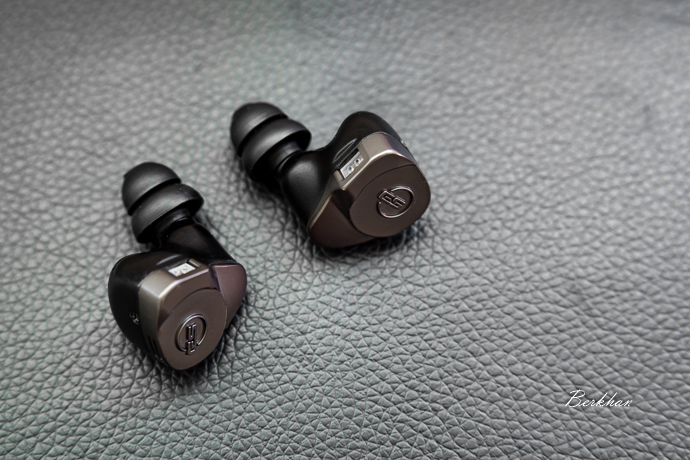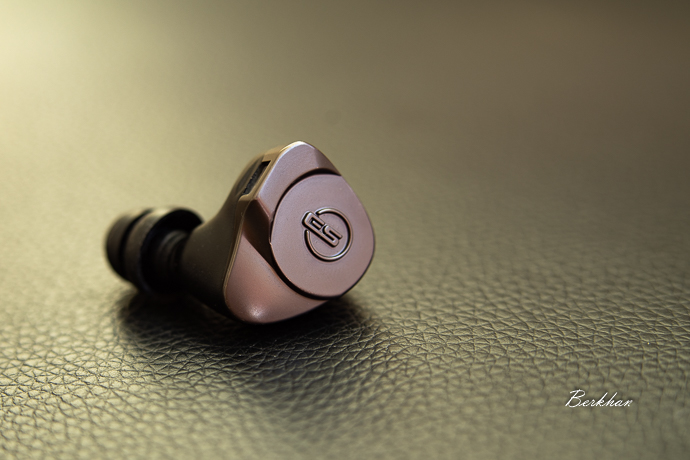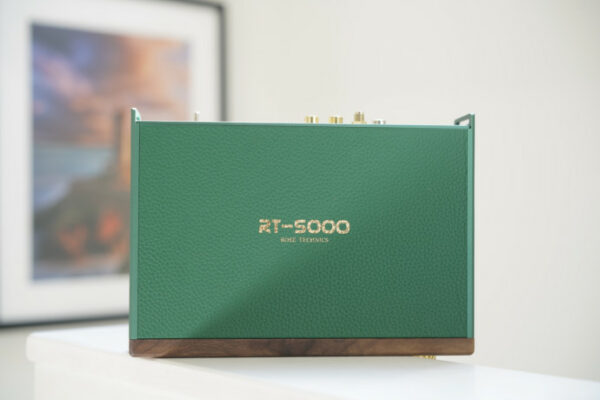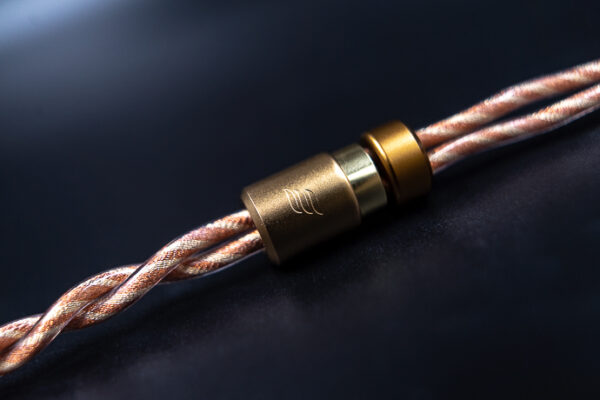Technical Performance and Sources
The sound-stage is very good and it’s both wide and deep, while depth is more impressive. The Stark sounds a bit wider when compared though. The IEM has very good separation and that is one of its strong suits, especially for its warm and organic presentation. You don’t usually get that together with a presentation like this, but the Blade separates everything nicely. The Blade is also very impressive for overall layering so it’s no slouch in that regard.
The stereo imaging is good and positioning is nice as well. The Blade has great control over everything from bass to treble and that is also one of its qualities. However, you might hear a bloated bass with bad and bassy recordings. The tonality is the part the Blade does well, especially against the Stark. Overall resolution is very good but it’s not on an amazing level.
Source-wise I recommend a source that can give a clean presentation with a flat response. I’ve been using the Blade with the Dethonray DTR1, unsurprisingly. With a source like that, you can take full advantage of that dynamic driver. It sounds even better with the AK SP2000, with an impressive layering and staging performance. Its warm tuning fits nicely to the SP2000’s sound character (SS version).

Cable
Like I said before, I’m not a fan of this new “Hi-Res” cable from Earsonics. I don’t think it suits these new hybrid IEMs well, for both aesthetics and sound quality reasons. I simply think that a full black cable looks very nice with both the Stark and the Blade.
For the sound, here comes the surprise; the sound is simply better with a Plastics One cable. That also applies to the Stark model. The Hi-Res cable makes the mids sound congested with an unbalanced presentation, especially with the flagship Stark. I enjoyed the balanced and natural presentation with the P1 cable since in my view coherency is very important.
I can just say that Earsonics could’ve provided a P1 cable with these IEMs and they would’ve sounded much better for their customers. However, that’s just my opinion. If you own or audition one of these two models, just give them a try with a stock cable. Don’t forget that Earsonics has the opposite polarity with their of 2-pin sockets.
Comparisons
FiiO FH7
The FH7 is the best FiiO IEM I’ve listened to so far. It costs less and it has several tip options for altering the sound. Build quality-wise the FH7 is a very good IEM but the Blade simply betters it with its magnesium alloy. The fit is just a notch better with the Blade with the double flange tips. But that’s subjective.
The FH7 and the Blade sound equally good in bass and mids. However, the Blade offers more rumble and kick especially in mid-bass. In mids, the Blade sounds a bit warmer. Treble is just a bit better in the Blade with more extension. The Blade also has a wider and deeper sound-stage.
The tonality is romantic and unique with the Blade, whilst the FH7 has a more classic approach to timbre. So overall they’re not much apart but the Blade has the advantages in terms of overall sound-stage, treble, and tonality. If you have a small extra budget, you can go to the Blade.
Final Audio B3
The B3 has a neutral tuning with a brighter approach to the sound. It has a better resolution and transparency compared to Blade, and it has a more resolving & clear nature. Blade again sounds wider and deeper with slightly better layering especially in terms of length. Again, the Blade is warmer and more organic with more romanticism. It has much more bass kick and rumble as well.
Build quality is very impressive on both but the B3 fits a bit better with a smaller footprint. Its cable has a more premium feel with a better build quality to me. If you are a fan of Earsonics’ house sound, the Blade is a very good choice for the price. But if you want a brighter and cleaner approach, the B3 is the better choice.
Earsonics ES5
The ES5 is another example of a full-bodied and warm Earsonics IEM. This one has many fans out there for its organic and fully warm approach. The ES5 I think a better treble response with more definition and the same can be said for its bass. However, the dynamic driver in the Blade simply has more rumble down low and it gives a more natural bass presentation with more air and space.
Mids are warm and romantic on both, and they both have a nice tonality that can please your ears with a smooth and easy-going nature. The Blade again has a better sound-stage, and I think it also has better separation.
Other than sound quality, the Earsonics Blade’s build is much much better and there’s no competition here. The ES5 however is much lighter so it can provide you a more comfortable fit but that comes with the cost of a fragile plastic build. Also, when you get accustomed to the Blade, the fit factor is not that critical. So if you want some hybrid Earsonics flavor, you can switch to the Blade from the ES5.

Conclusion
The Earsonics Blade is a good performing hybrid IEM from Earsonics, and it has much much more value than the bigger brother Stark. It has a nice technical performance. The sound stage, separation, layering, depth, resolution, and bass are all quite impressive. The tonality is also very nice to listen to. Overall I personally think that the Blade is more coherent and balanced than the Stark.
When you use a Plastics One cable, things get even better. This is a more versatile and easy-going IEM than the Stark with a much lower price bracket. If you don’t listen to the EDM tunes or more popular music, there’s no reason to pick the Stark over the Blade model. The Stark has its strong suits, but its presentation is like the edge of a knife.
The Earsonics Blade is the second IEM that I really liked from the French brand after the great Purple. So I would like to add it to our Best Universal IEM Recommendations. For its warmth, tonality, balance, and sound-stage qualities, this is a great pick in the Mid-Fi to Hi-Fi area. Just don’t forget to pair it up with a neutral sounding source.









kavita
Great Article. I will come again and again ito read your amazing post.
Thanks
Gaadgetheart
rantng
You mentioned the Meze Rai Penta briefly. Could you provide comparisons with the Blade or Stark?
Knock
I find your blog interesting about Earsonics Stark and Blade, At first I too personally don’t like plastic shells but it can be subjective. I also try few models like S-EM9, ES2 that i find very worth money. I really belief that one should give a try to this new product.
Thanks,